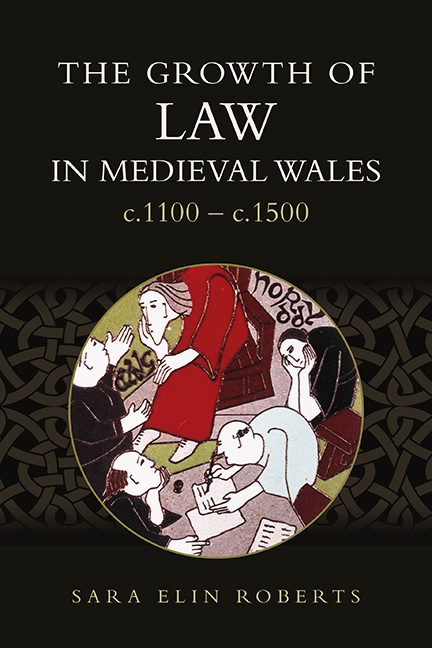Summary
There are several approaches to looking at the growth of law in medieval Wales. Often there is an emphasis on examining the texts for signs of antiquity, to attempt to recreate the earliest recoverable stage of the law. This tended to be the method used in early scholarly work on the laws, and is still an approach followed today. While Aneurin Owen focused on attempting to trace the laws back to the original book purported to have been created by Hywel ap Cadell, scholars today work on determining whether some parts of the law can be fitted into a concept of a ‘Model Lawbook’. Seeking to recover pre-Norman Welsh law is a valid and important goal. It is pursued today without assuming a concrete link to Hywel Dda and without imposing particular frameworks on the lawtexts as we have them. However, examining sections of law to discover the earliest material does not mean that the earliest texts are more valid, more valuable, or more important than law that is not early. Later law has its importance too, and while it may not fit into a concept of a ‘Model Lawbook’, it may reveal a great deal about other things – the development of the law, the use of the texts, the practice of law in post-conquest Wales. That is what this volume has sought to do. Rather than looking backwards and focusing on Hywel Dda and the pre-Norman origins of the lawtexts, this volume asserts the importance of examining all of the lawtexts, and in their own contexts. It does not aim to dismiss the earlier law, or the three traditional redactions of Cyfraith Hywel, but instead looks at the neglected sections of law and considers how these fit in with the sections that have received more attention.
Approaching the lawtexts with fixed presuppositions presents many problems. This is not to dismiss Aneurin Owen's great work of examining Cyfraith Hywel in its entirety and published as Ancient Laws and Institutes of Wales. Owen's was an immense work of scholarship, with far-reaching consequences. Indeed, there is great value to be had in examining the historiography of the Welsh lawtexts. However, assumptions of early editors often have a serious effect on the development of academic fields and, in the case of the Welsh lawtexts, they have caused certain aspects of the laws to be treated in particular ways.
- Type
- Chapter
- Information
- The Growth of Law in Medieval Wales, c.1100-c.1500 , pp. 209 - 212Publisher: Boydell & BrewerPrint publication year: 2022

